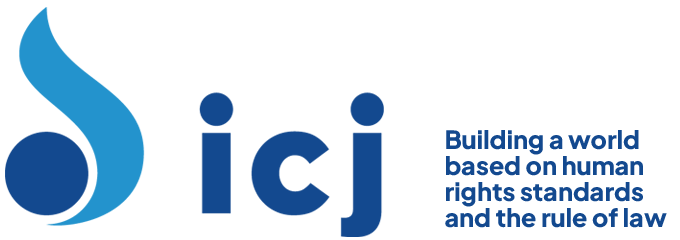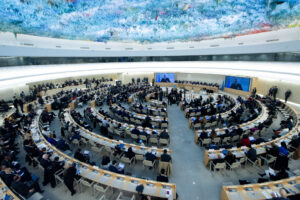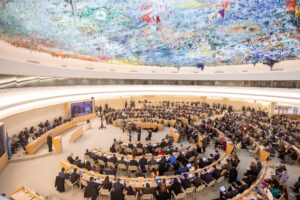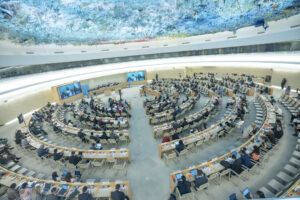III. Restrictions and obstacles: the need for national assessments
C. Obstacles
50. Issues relating to gender, sexuality and sexual orientation, in relation to religion and morals, continue to be highly debated in connection with artistic expressions and creations. Artworks that are concerned range from those addressing the issue of love and romance, or representing or exposing nudity, to those resorting to pornography or certain forms of pornography. References to, or descriptions of, homosexual relationships in literature, music and visual arts are criminalized in several countries, or face particular censorship in some others. The Special Rapporteur notes with concern that the motivation of protecting children from certain content may be used to and lead to prohibited access for adults.{{25}} She further stresses that according to some information, “despite widely publicized claims that adverse effects [of sexual or violent content on children] have been proven, the studies are ambiguous, disparate and modest in their results”.{{26}} Arts education, together with education that teaches children how to interpret and critique media and entertainment messages, may be a far better and more effective solution than censorship.
Link to full text of the report: Report-SRCultural-2013-eng
[[25]]25. Svetlana Mintcheva, “Protection of politics? The use and abuse of children”, in Censoring culture, Contemporary threats to free expression, The New Press, 2006, p. 167-172; Agnès Tricoire, op. cit., p. 53; Submission from Japan Actors Union and Japan Arts Council.[[25]]
[[26]]26. Marjorie Heins, “Media effects”, in Censoring Culture, p. 179.[[26]]




